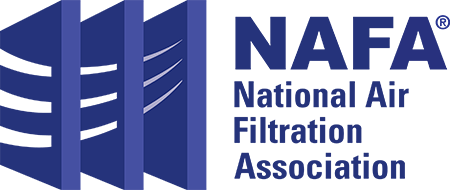Controlled Environments – Explained
June 30, 2011
When someone mentions a “controlled environment” most people think of a cleanroom or operating room. In actuality, there are 15 general categories of controlled environments1 and many subcategories under these.
One of the most prevalent types of controlled environments, probably right down the street from you at an automotive dealer, is the downdraft paint spray booth. This device is a fairly recent invention for the automotive industry and grew out of the base-coat/clear-coat technology of automotive painting.
In prior years, cars were painted with successive coats of enamel to get that mirror finish. If any particles or debris were embedded in the wet paint on the car and caused a raised bump or a “fish-eye,” the paint technician just took some sandpaper, removed it and repainted the spot. Then it was up to you to apply car wax every 6 months or so to keep the paint protected and looking new.
This all changed with base-coat/clear-coat technology. Enamel is still applied but a final coat of polyurethane is sprayed to protect the finish. Unlike enamel, polyurethane cannot be spot touched as easily as enamel and requires a complete recoating of the surface of the spot (hood, fender, etc.).
With this process came the need for higher levels of filtration along with better technology than the cross-draft style paint spray booth. Taking a cue from cleanroom technology, downdraft paint spray booths have a set of prefilters to remove larger particles and ceiling diffusion filters that move air in a laminar flow from the ceiling down over the car and out through a floor grid. The ceiling filter is usually a complete filter mat firmly clamped in place that filters out 5 micrometer particles and larger (the thickness of the polyurethane layer) and diffuses the air down through the booth at approximately 100 feet per minute2. Most ceiling filters are designed to operate approximately 2000 hours before being changed.
The floor of the booth is made up of a grid system that allows air to pass down and through a set of filters that capture the paint overspray. Overspray filters can be fiberglass, synthetic or paper paint arrestor media. Although the amount of paint overspray varies with different types of paints and spray guns, most achieve only about 50% transfer efficiency; hence there is a large amount of paint that is captured by the overspray filters. In a high volume paint shop, these filters can be changed as often as every two days.
Finally, most booths are designed with a furnace to heat the air and rapidly dry the painted surface, passing the air back through prefilters and diffusion filters to maintain air that is free of finish-damaging particles. The entire process can be completed in about 1½ hours, allowing the booth to handle some 5-6 cars per day and maximize the operational efficiency of the automobile body shop.
This is another example of a highly technical process that changed an entire industry. None of this would be possible without the increased level of filtration provided by the air filtration industry.
References:
1 NAFA Guide to Air Filtration, 3rd Edition, Chapter 9, p. 9.10 – 9.12
2NFPA 33
